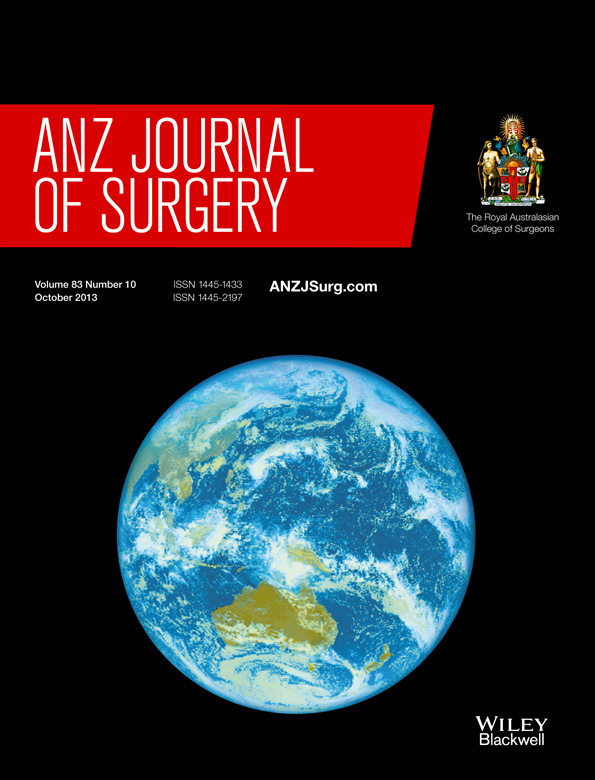Long-term follow-up of last autogenous option arm vein bypass
Abstract
Background
The superiority of autogenous conduits in infrainguinal bypass surgery is well established. At our institution, arm vein is utilized as the last autogenous option for infrainguinal bypass surgery. The aim of this study was to review the long-term outcomes of last autogenous option arm vein bypass.
Methods
All infrainguinal arm vein bypasses performed between 1997 and 2005 by The Queen Elizabeth Hospital vascular surgeons were identified. Patency, reintervention, limb salvage and survival were calculated using the Kaplan–Meier survival estimate method.
Results
Thirty-eight arm vein bypasses were performed in 35 patients. Eighty-nine per cent were performed for critical limb ischaemia. Median follow-up was 58 months (range 2–121). Twelve-month primary, assisted primary and secondary patency rates were 52%, 73% and 76%, respectively. Three-year primary, assisted primary and secondary patency rates were 32%, 61% and 63%, respectively. Five-year primary, assisted primary and secondary patency rates were 21%, 47% and 49%, respectively. Patency was superior in single compared with spliced vein grafts (P < 0.05). Limb salvage rates at 1, 3 and 5 years were 94%, 87% and 76%, respectively. Patient survival at 1, 3 and 5 years was 92%, 68% and 49%, respectively.
Discussion
Infrainguinal bypass surgery with arm vein can be performed safely with favourable patency and high rates of limb salvage. Secondary interventions to maintain patency are common and we recommend a vigilant surveillance programme to identify the threatened graft.




